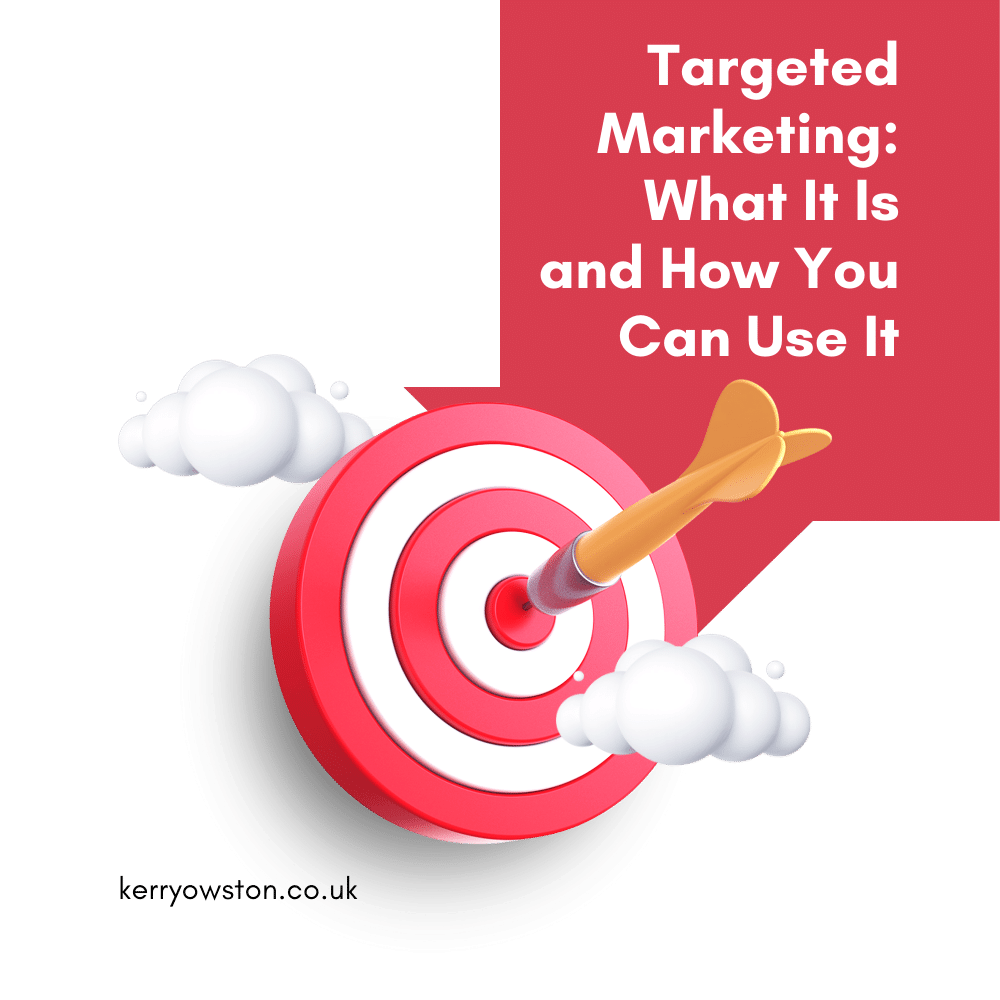Principles of online and offline marketing unit 315 2019
Targeted marketing is making sure that I am targeting the right kind of customer with the right kind of product, a department store does not want to target people who bought a pram with fishing equipment emails.
Put simply, targeted marketing is the process of creating highly specific campaigns that are tailored to different customer segments. This means that instead of using a one-size-fits-all approach, you can create content and messaging that speaks directly to your target audience. If done correctly, targeted marketing can be an incredibly powerful tool for growing your business. Let's take a closer look at what targeted marketing is and how you can use it to your advantage.
What Is Targeted Marketing?
At its core, targeted marketing is about segmenting your customers based on shared characteristics such as geographic location, age, gender, interests, and more. Once these customer segments are identified, you can tailor your campaigns accordingly – whether that’s through email newsletters with customized subject lines or pay-per-click (PPC) ads featuring relevant keywords. By tailoring your message to each customer segment, you increase the chances that they’ll engage with your brand and ultimately make a purchase or take some other desired action.
Why You Should Use Targeted Marketing
Targeted marketing has been proven time and again to be more effective than traditional methods of advertising like print ads or television commercials. This is because people respond better when they feel like they’re being spoken to directly – when they feel like their needs are being met in a unique way. With targeted marketing campaigns, you can create messages that feel more personal and therefore more likely to resonate with customers on an emotional level. Additionally, by targeting certain demographic groups or locations with specific messaging, you can maximize the effectiveness of every dollar spent on advertising while still making sure everyone in your target market has access to the information they need about your product or service.
Advantages and Disadvantages
Advantages are that it reduces costs and efforts as the marketing is likely to be more received as opposed to an approach sending all to everyone
The disadvantages are that it takes a lot of data collection to be useful and you will need to be really careful with data protection laws.
Targeted Marketing in my own work
Can be used in my own work by leveraging the CRM data already collected and contacting customers who have already bought a product, eg those who bought a mobile phone, get back in touch a week later and ask them about insurance.
Conclusion:
Targeted marketing is quickly becoming the go-to method for businesses looking to reach their target audiences in the most effective way possible. By segmenting customers into smaller groups based on shared characteristics and then customizing messages for each group individually, businesses can ensure that their message resonates deeply with their audiences – leading to increased engagement and ultimately higher profits. Whether you’re a small business just starting out or an established giant looking for new ways to grow even bigger–targeted marketing should be at the top of your list when it comes to reaching new customers!





